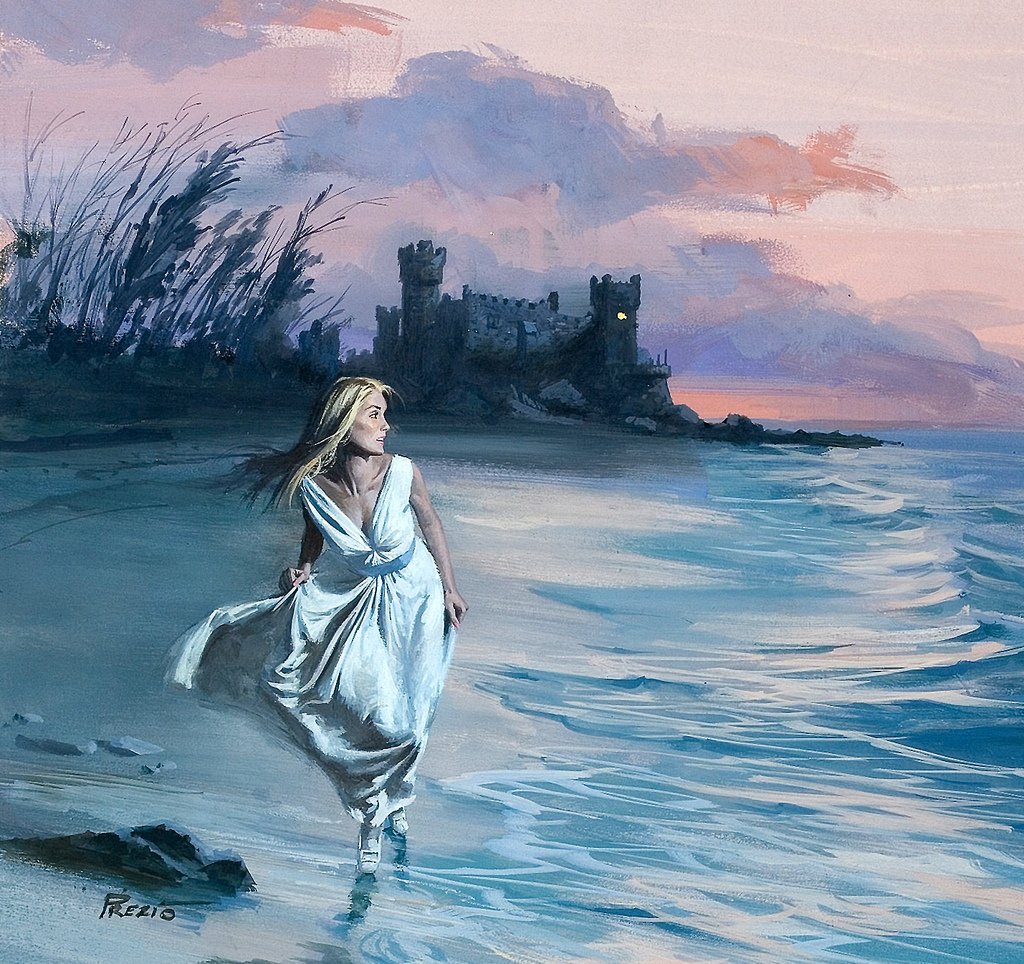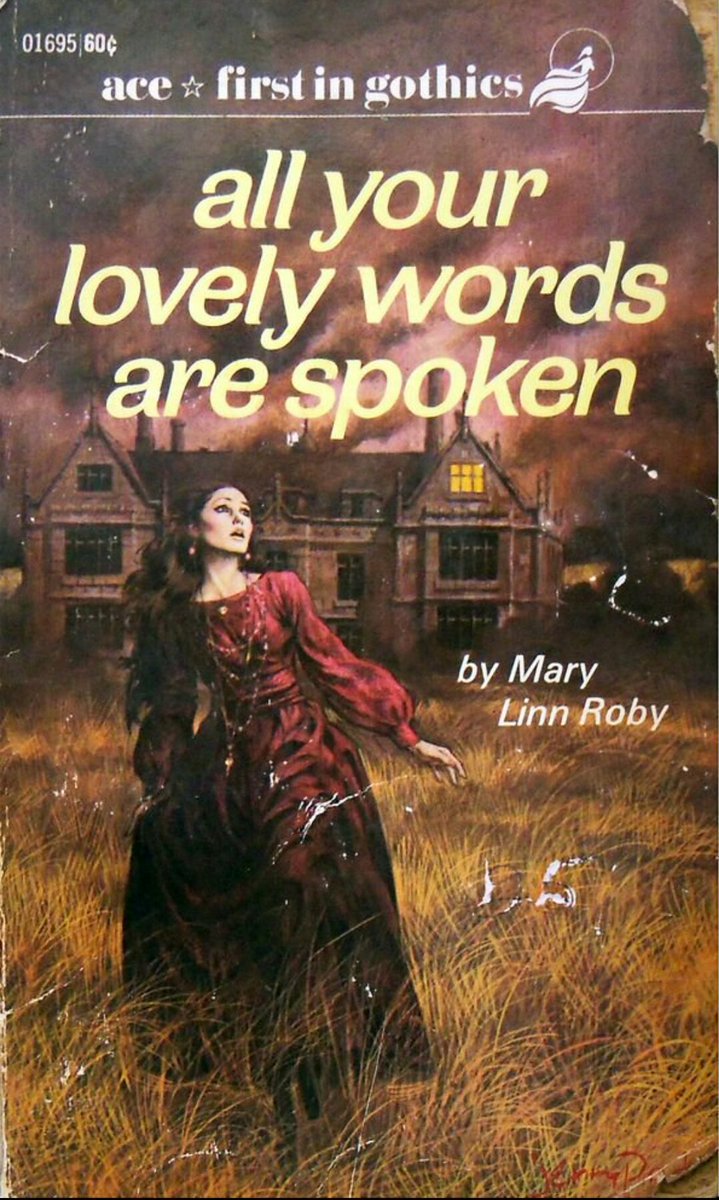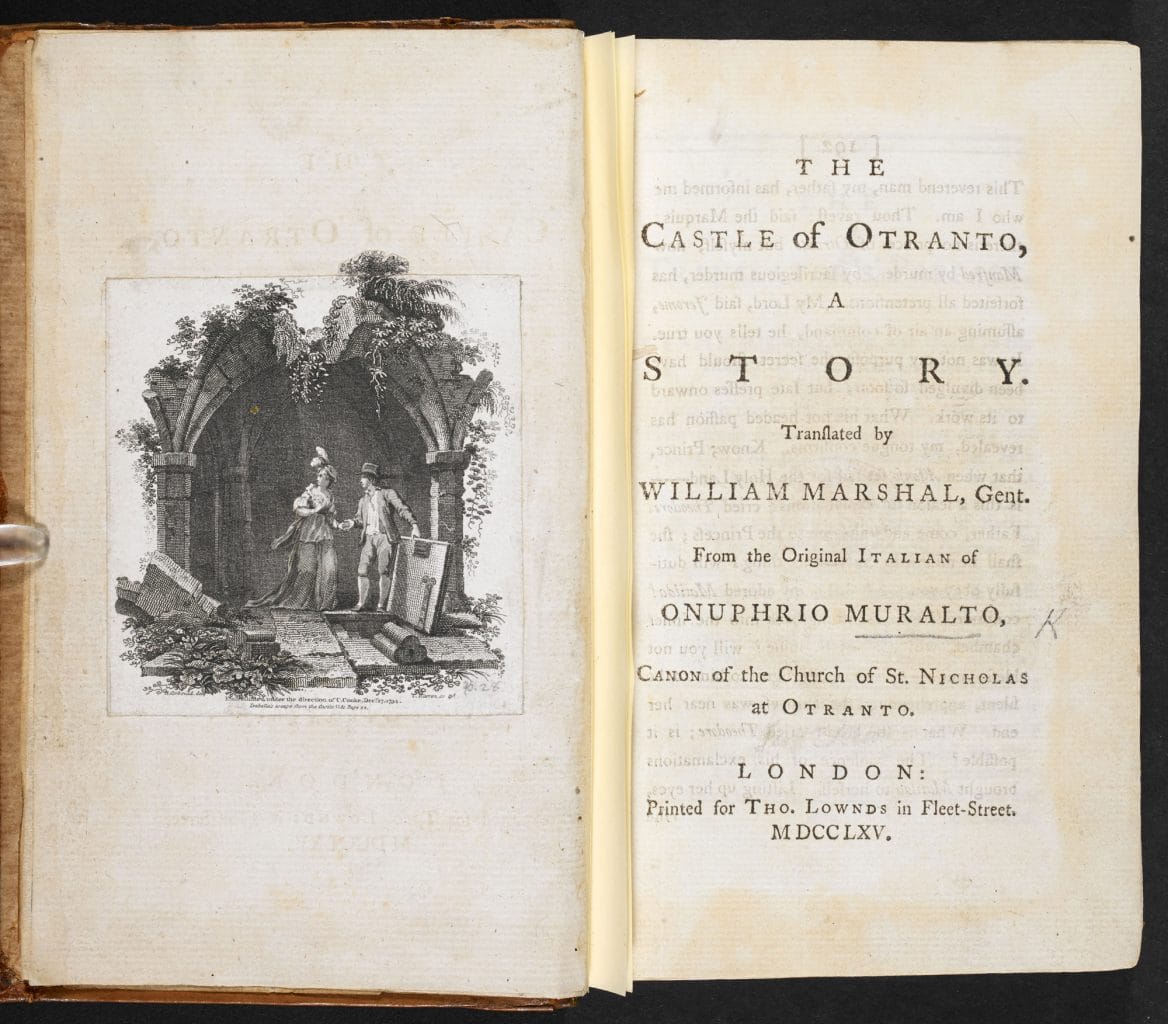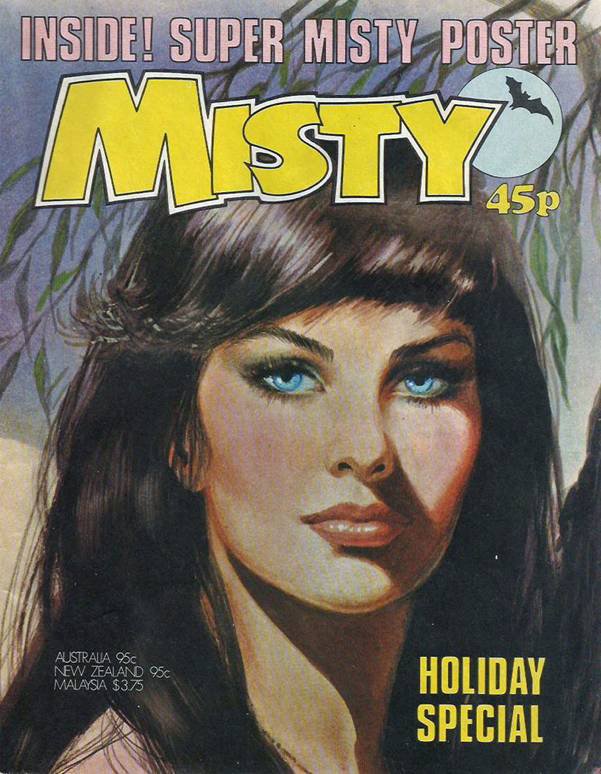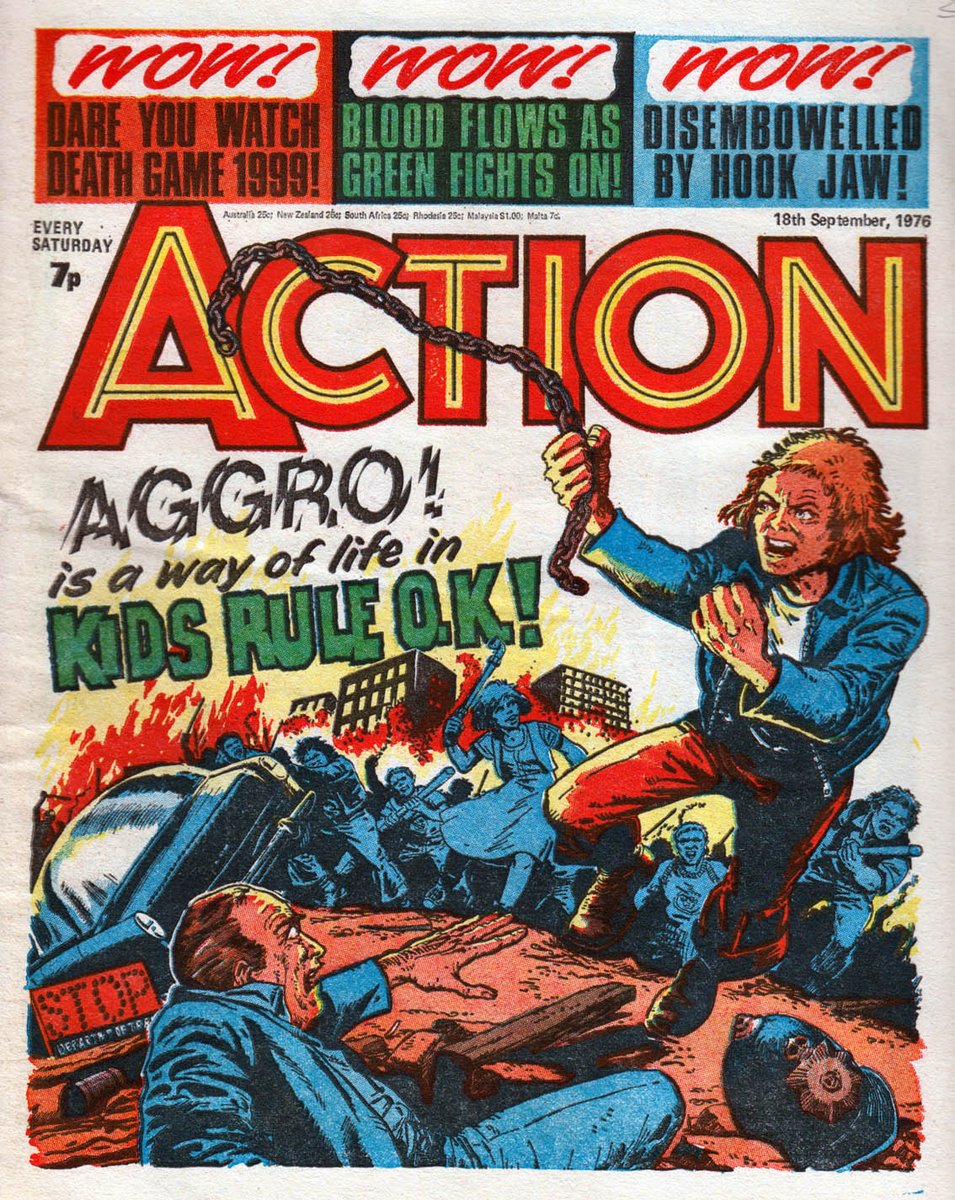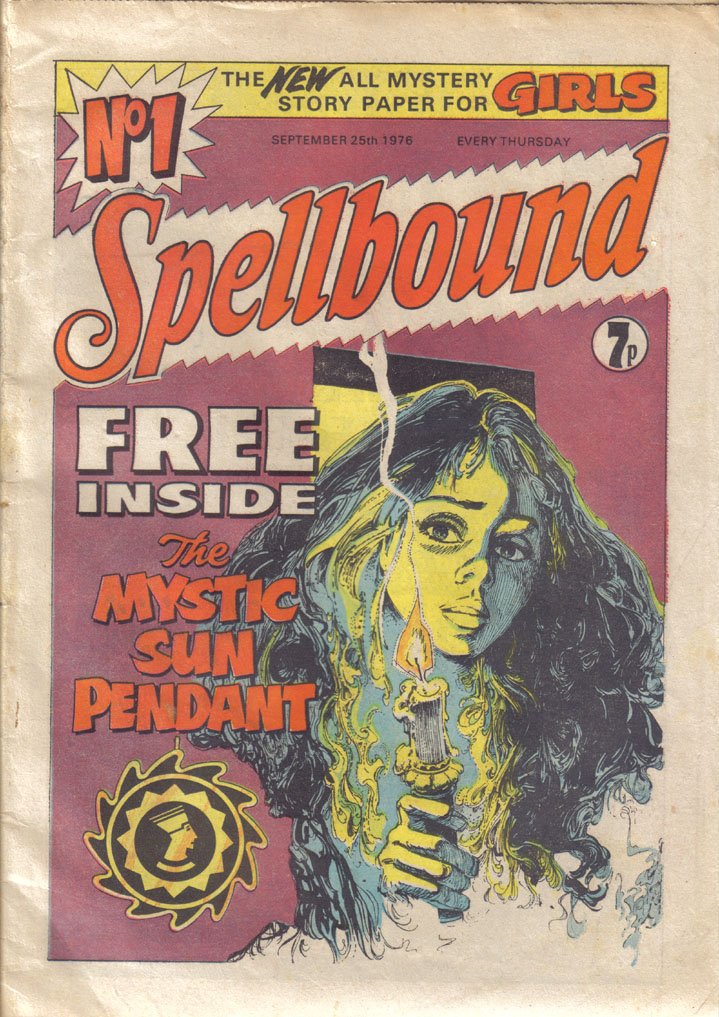
Today in pulp I look back at that staple of sci-fi: the ray gun!
This thread will involve a mad professor from Cleveland and Archimedes #JustSaying
This thread will involve a mad professor from Cleveland and Archimedes #JustSaying
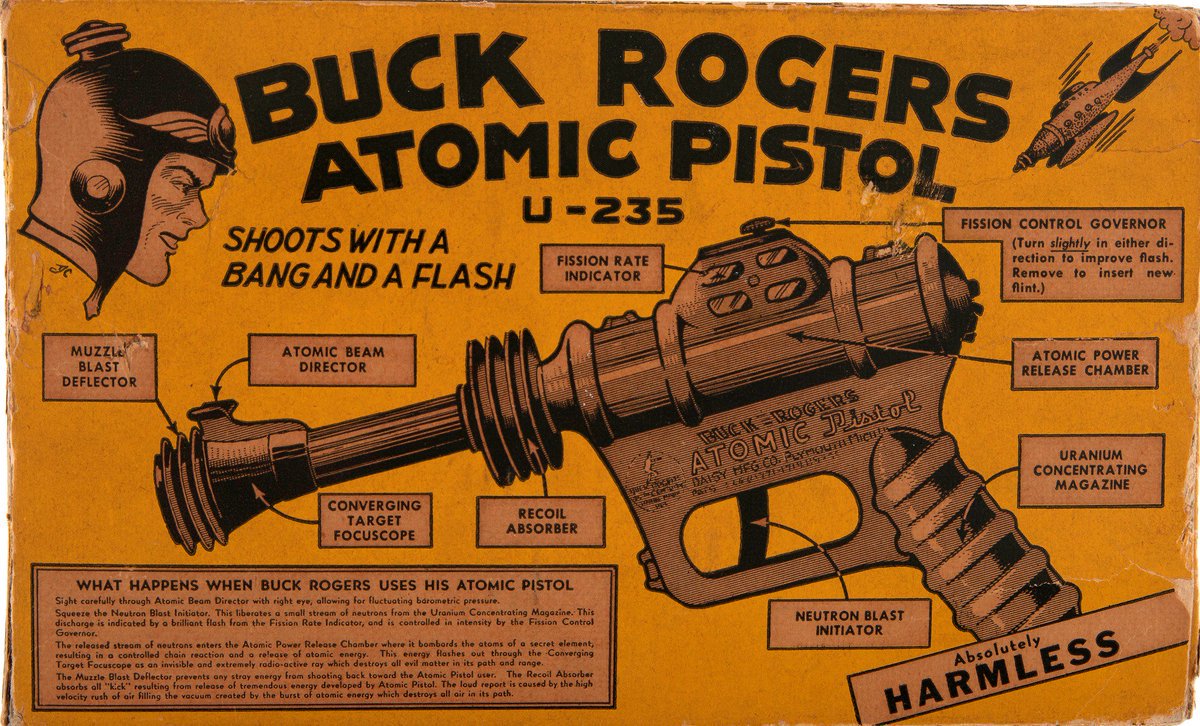
Directed-energy weapons have a long history. If historical sources are true Archimedes* developed one in 212 B.C. - a parabolic mirror that focussed the sun's burning rays on enemy ships attacking Syracuse.
(*told you!)
(*told you!)
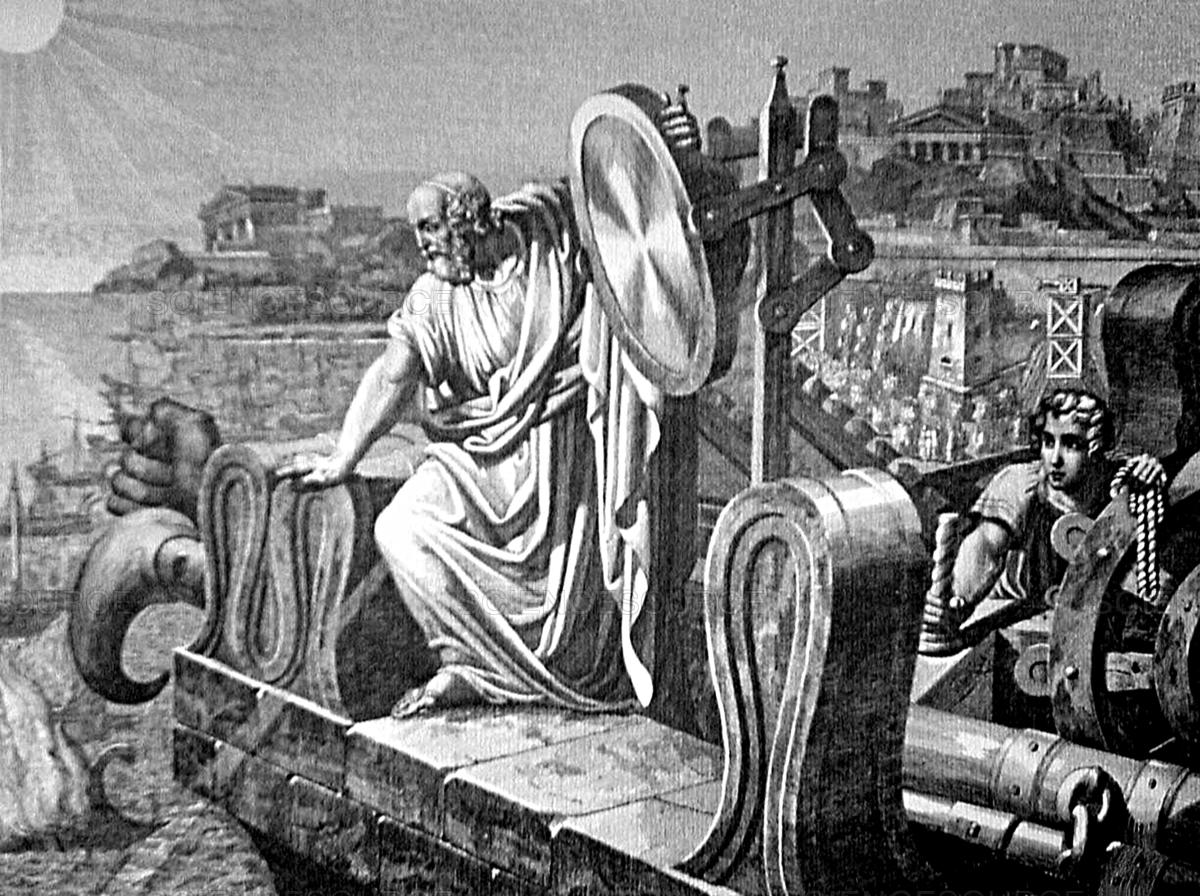
If it did happen* then it's more likely there were soldiers holding up dozens of mirrors, focussing the beams to a point right where the target was. The effect would be more powerful, but of course much harder to achieve.
(*beware of Greeks bearing press releases)
(*beware of Greeks bearing press releases)
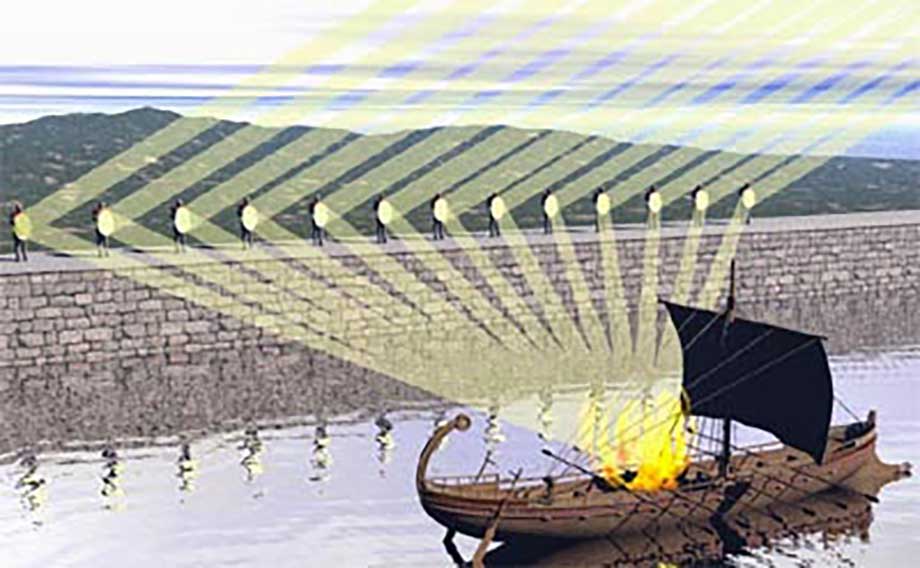
H.G. Wells borrowed Archimedes's idea in 1898 for War Of The Worlds: the Martian war machines hold up parabolic mirrors to focus their deadly heat ray at humans. 
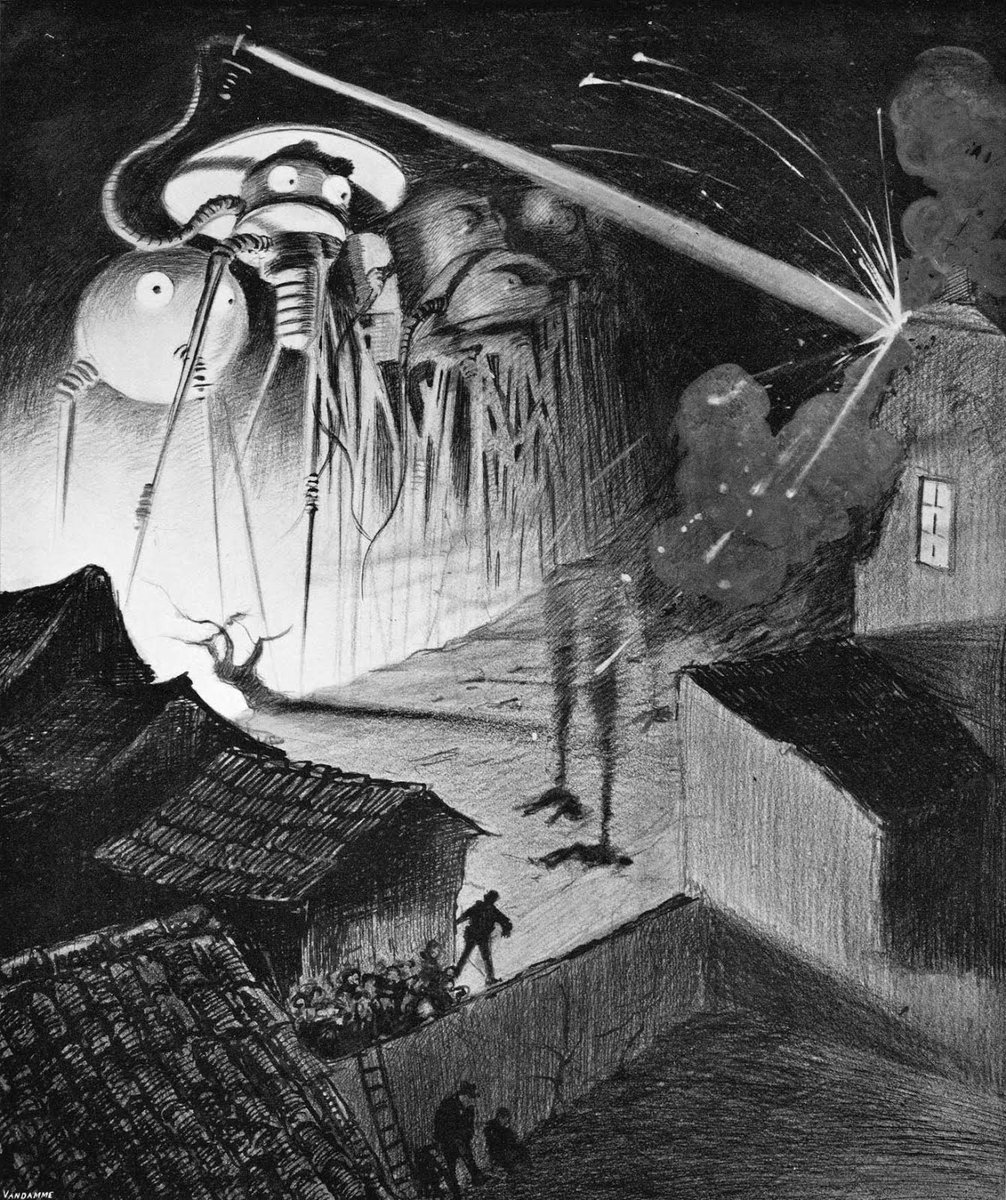
The term "ray gun" was first used by Victor Rousseau in 1917, in his dystopian novel The Messiah of the Cylinder. A first edition of his will set you back $3,500 nowadays! 
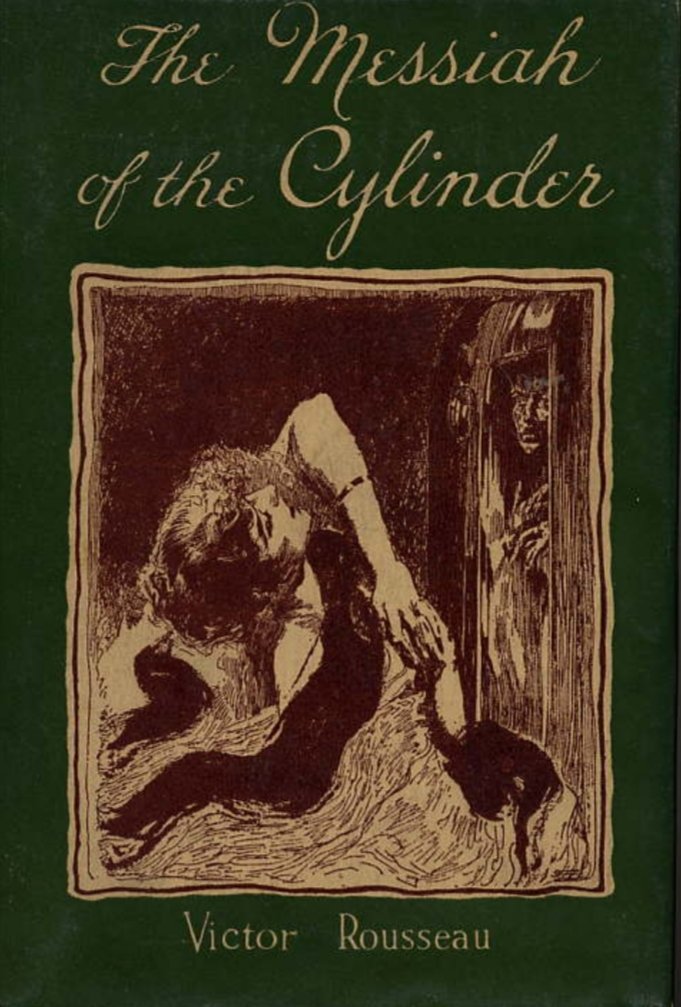
But it was the comic strips of the 1930s that would turn the ray gun into a household word: both Buck Rogers and Flash Gordon used one, and once their adventures spread to film and radio so did the name. 

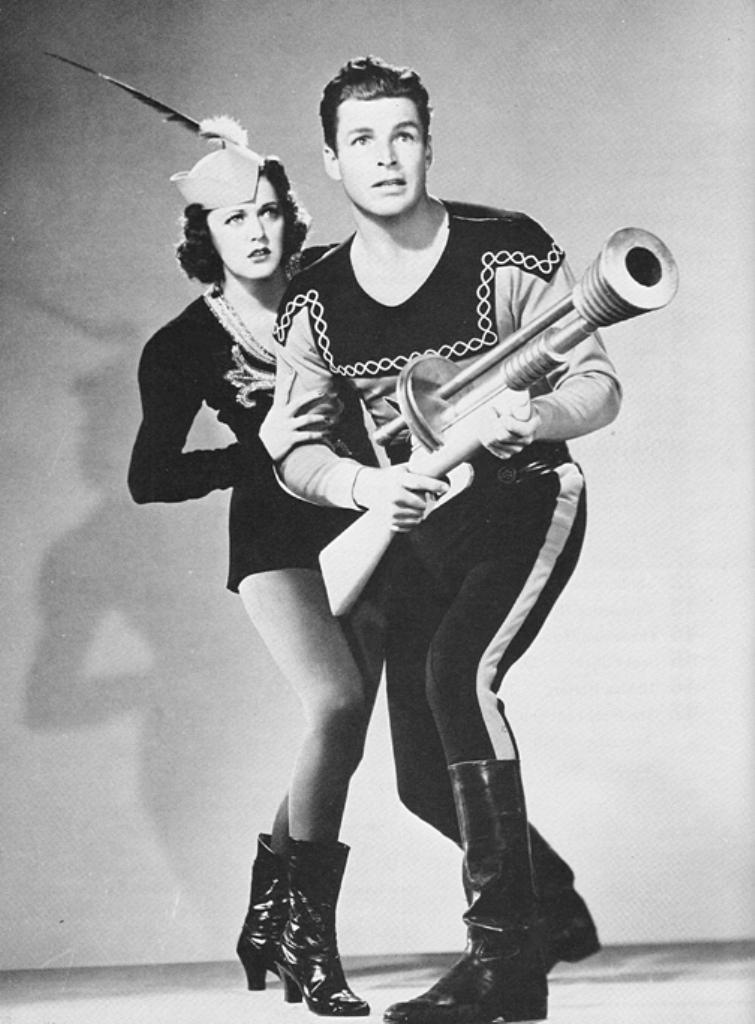
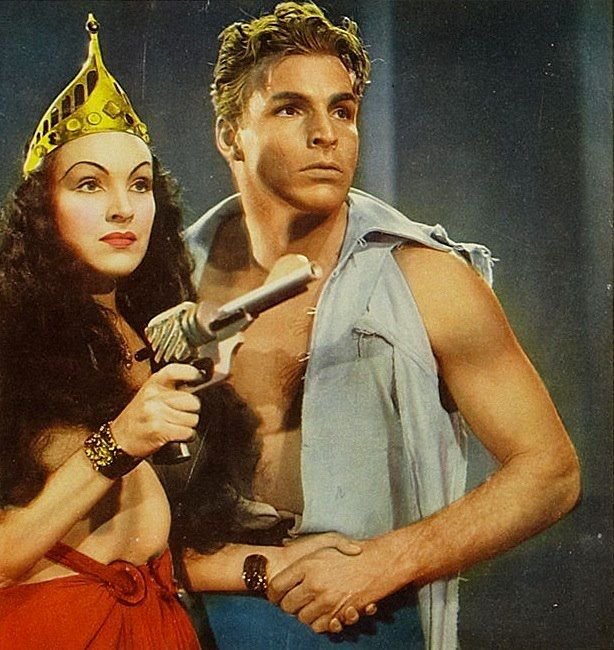
That said there were also plenty of alternative names dreamed up by the pulps for directed energy weapons: "disintegrator ray" (1898), "blaster" (1925) and "needle ray" (1934). Soon the term ray gun became passé. 

The most famous ray gun of the 1930s was probably Nikola Tesla's "Peace Ray", though as Tesla repeatedly pointed out it didn't project any rays: his Teleforce was more like a railgun, accelerating particles of matter over huge distances at immense speed. 
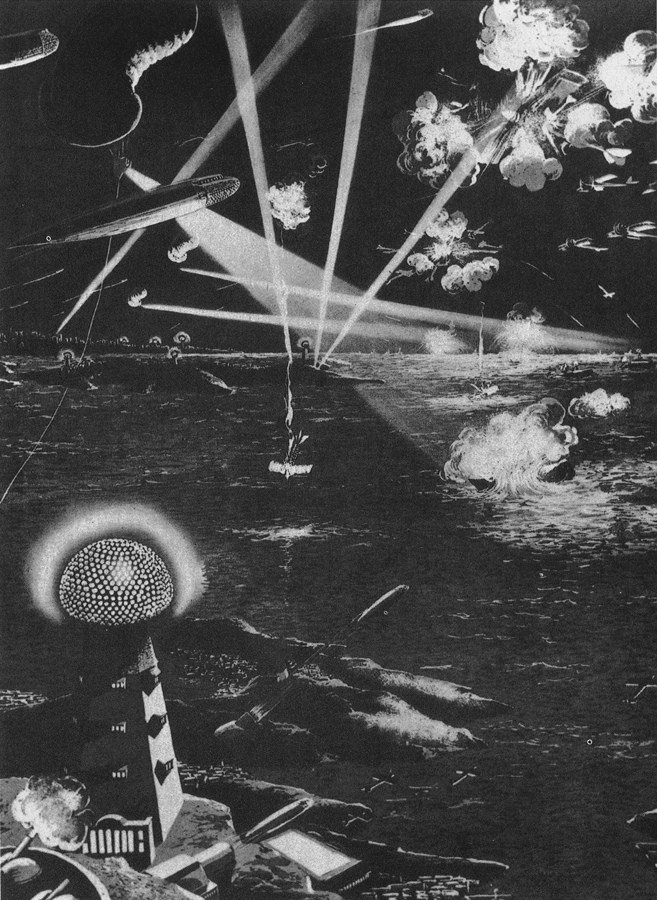
But that didn't stop people trying to invent a working ray gun. In 1934 a "Cleveland scientist*" claimed to have created a ray gun that could instantly kill a rabbit, although "The Government" suppressed its use "until such time as it may be needed."
(*told you!)
(*told you!)
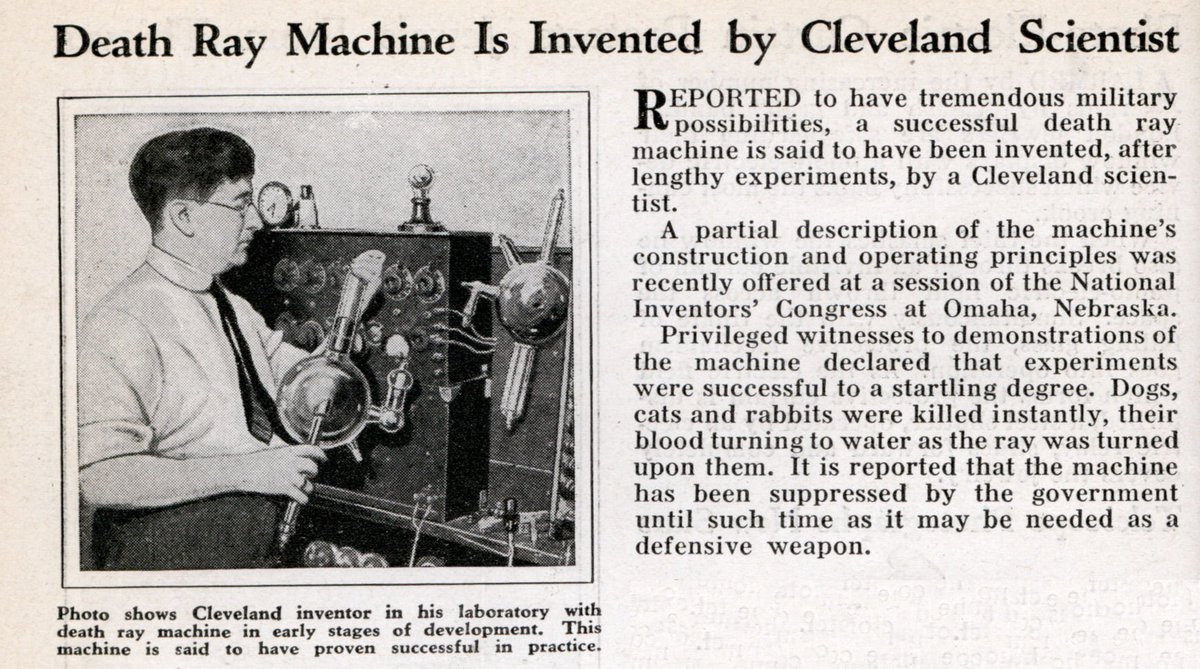
A year later French* scientist Henri Claudel claimed to have developed a "ray of death" that was lethal over six miles. Again "The Government" hushed it all up.
(*note the beret)
(*note the beret)
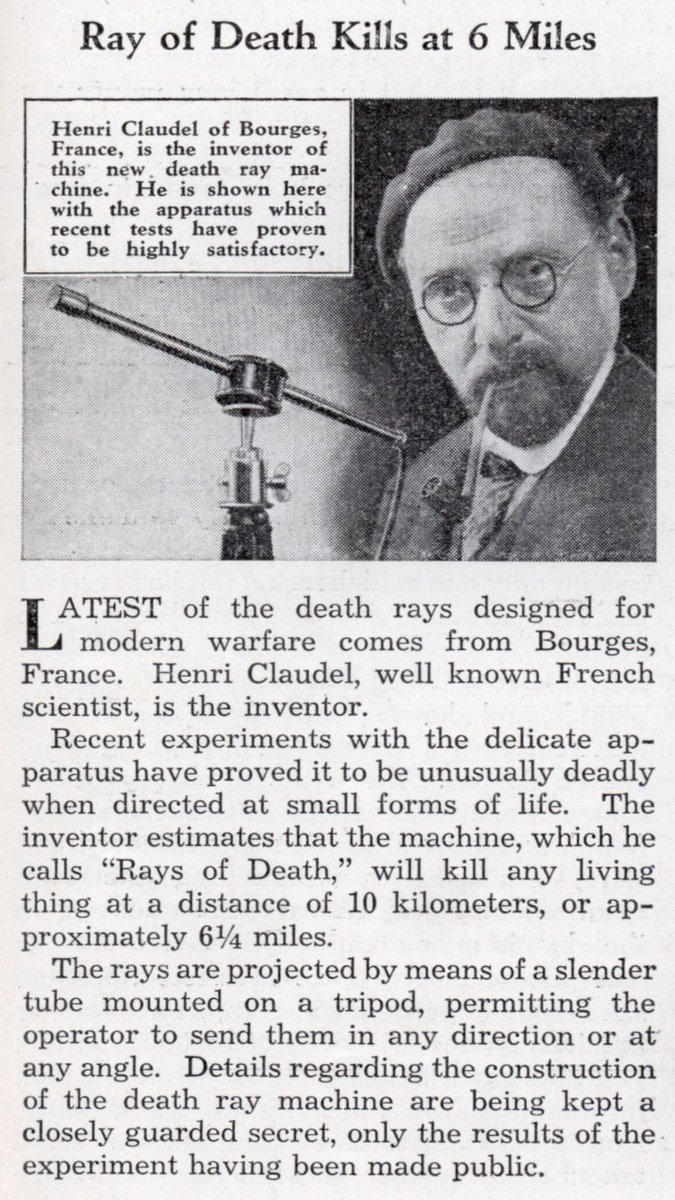
That same year a "German emigreé" in Paris claimed to have built a magnesium charge pistol that would reflect the heat of the exploding metal into a ray that could stun an animal a mile away. 
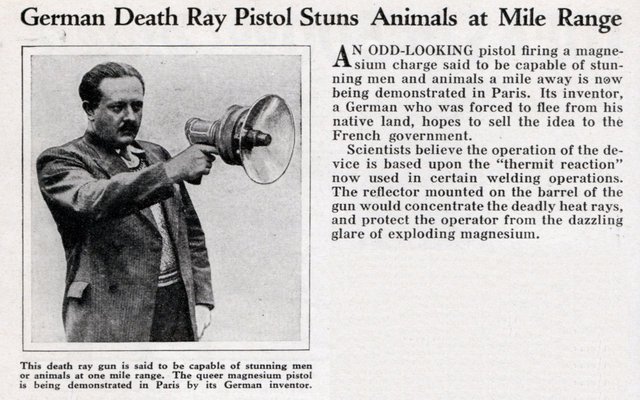
The West soon lost interested in the idea of death rays, but in Asia one of the first serious projects to develop a directed-energy weapon was inspired by Tesla. In the late 1930s Imperial Japan spent five years and millions of Yen trying to create a microwave battlefield weapon. 

By 1944 the Ku-Go project had built a 80-cm 30 kilowatt magnetron that directed microwaves from a 1 meter reflector disc. And it worked: it could kill a rabbit at a range of 30 meters in 10 minutes - if it stayed still!
Not much use unless you like rabbit burgers al fresco...
Not much use unless you like rabbit burgers al fresco...
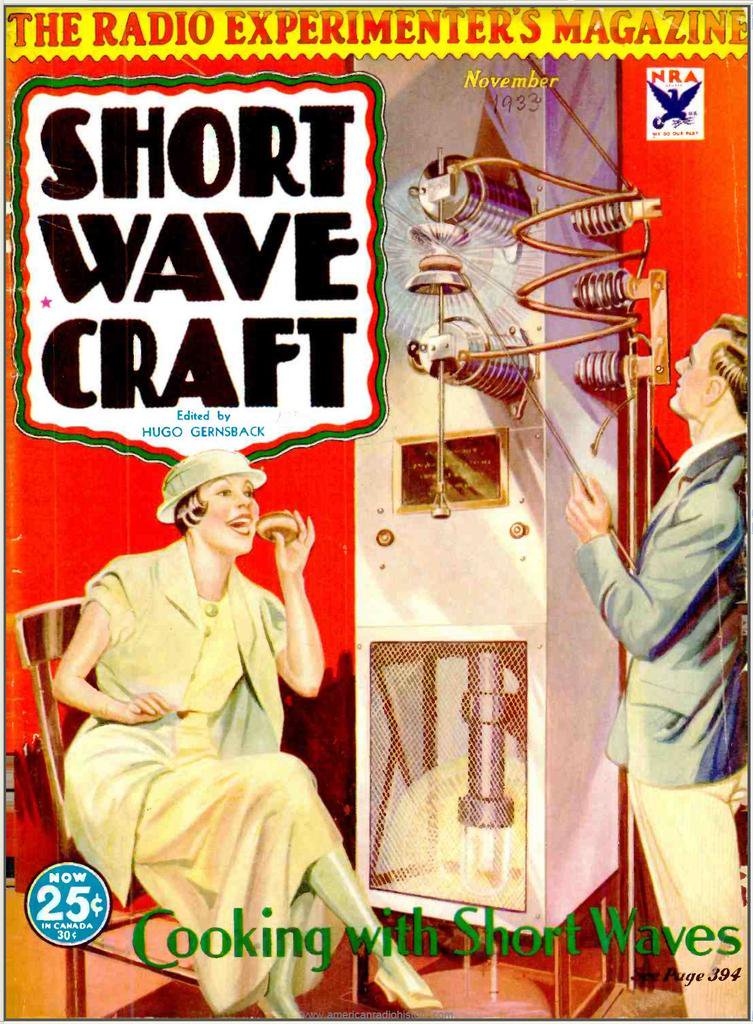
It was another Axis weapon - the V2 rocket - that would come to dominate military thinking after the war, especially if it could carry an atomic warhead.
But the idea of directed energy weapons didn't go away...
But the idea of directed energy weapons didn't go away...

...and nowadays the AN/SEQ-3 Laser Weapon System is on active duty aboard the USS Ponce. The 30KW laser is mainly used to target a new threat - drones and other UAVs. Why fire a $3 million missile at a $50 drone when a laser can zap it for a dollar? 
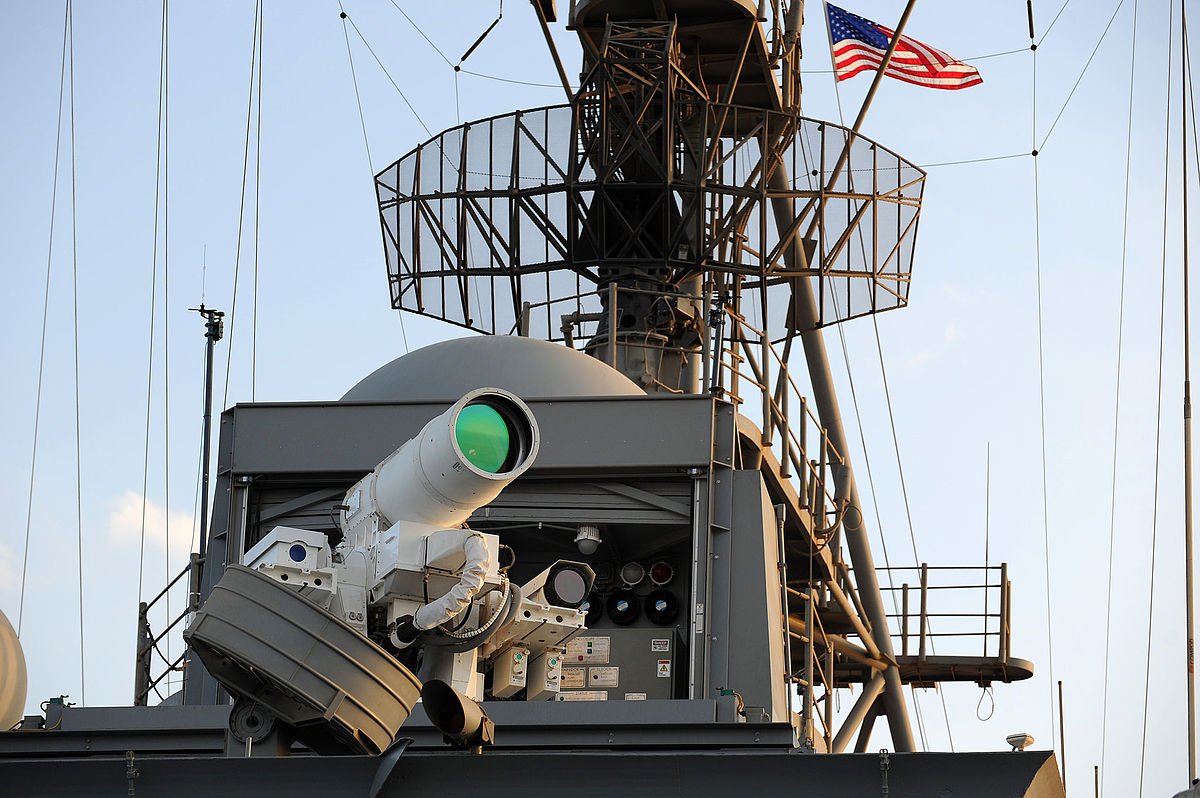
The UK has developed Dragonfire, a 50KW military laser for attacking drones, mortars or missiles in flight. 100KW lasers are now under development by many nations. So does the future belong to the ray gun? 
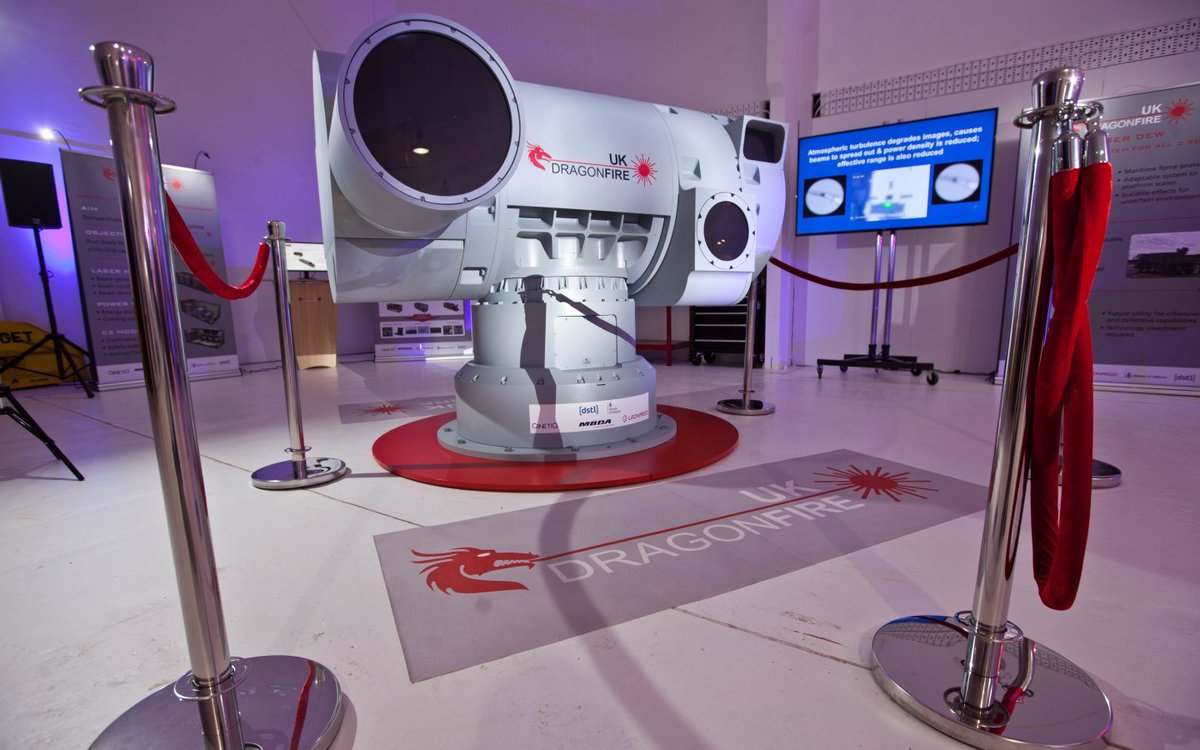
Modern laser weapons still have to deal with the Archimedes problem: do you use one beam as your weapon (easier but less effective), or try to focus multiple beams on a target - more power, but much more to go wrong! 

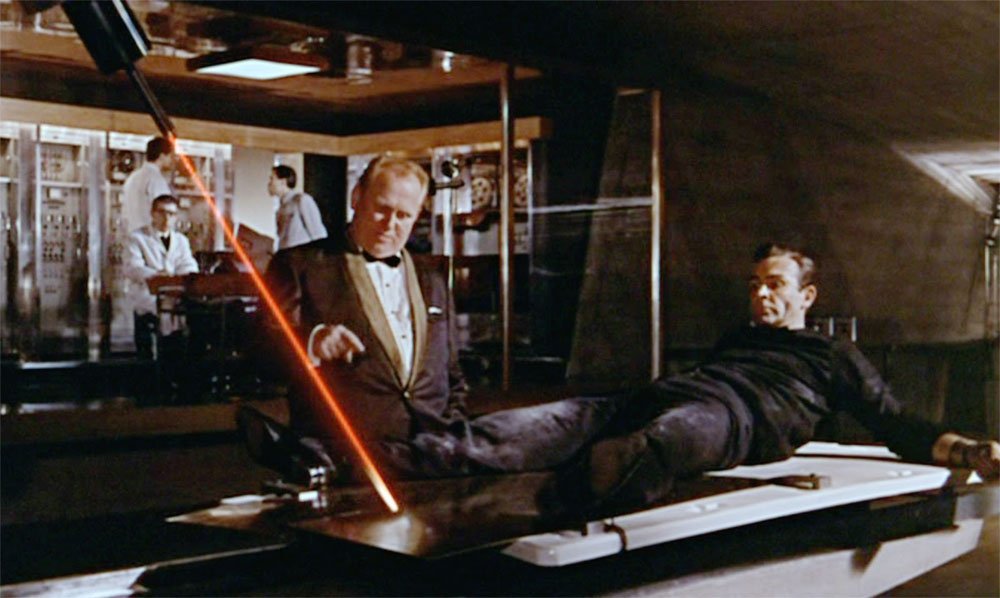
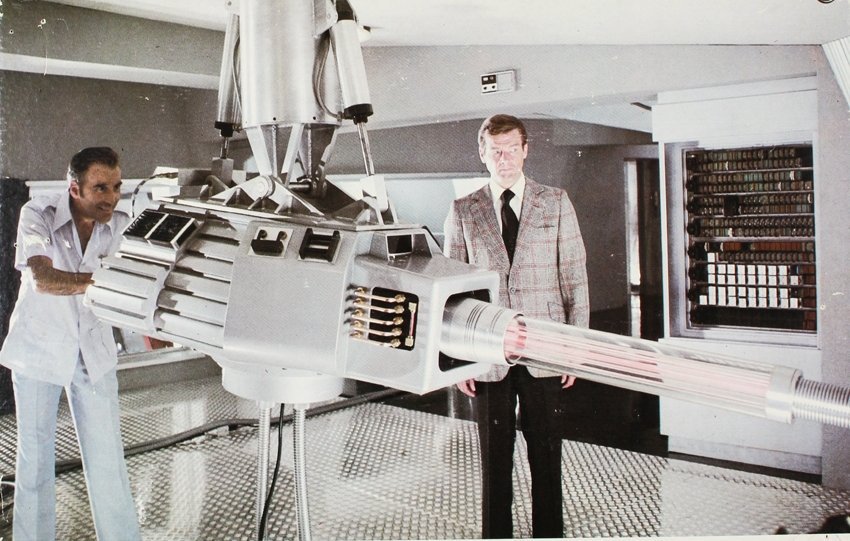
Ultimately what limits these modern ray gun is power: whilst a ship has plenty to spare small portable military lasers are still restricted to target sighting and range finding. No laser rifles for now folks! 

And whilst some scientists may dream up plans for Death Stars, space-based laser weapons are still an impractical idea.
Space-based parabolic mirrors however...
Space-based parabolic mirrors however...

So don't hold your breath waiting for your first ray gun: it looks like we'll still be fighting each other with kinetic weapons for some time to come. Just like our ancestors did!
More stories another time...
More stories another time...
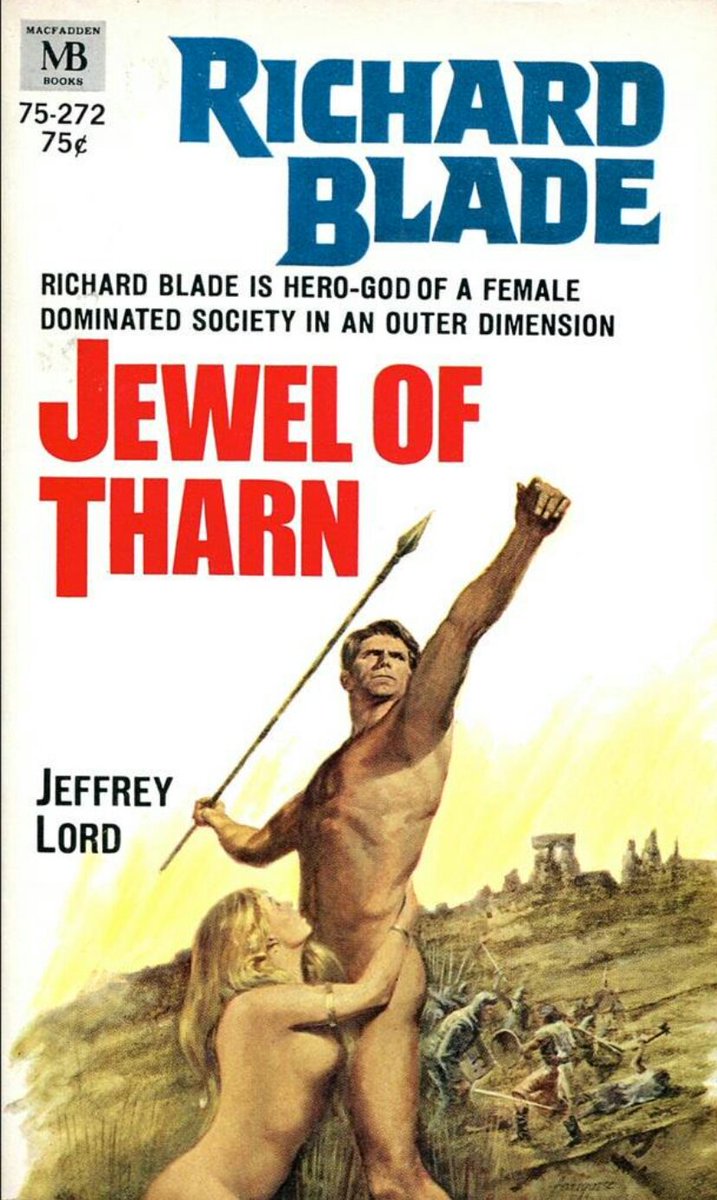
• • •
Missing some Tweet in this thread? You can try to
force a refresh





